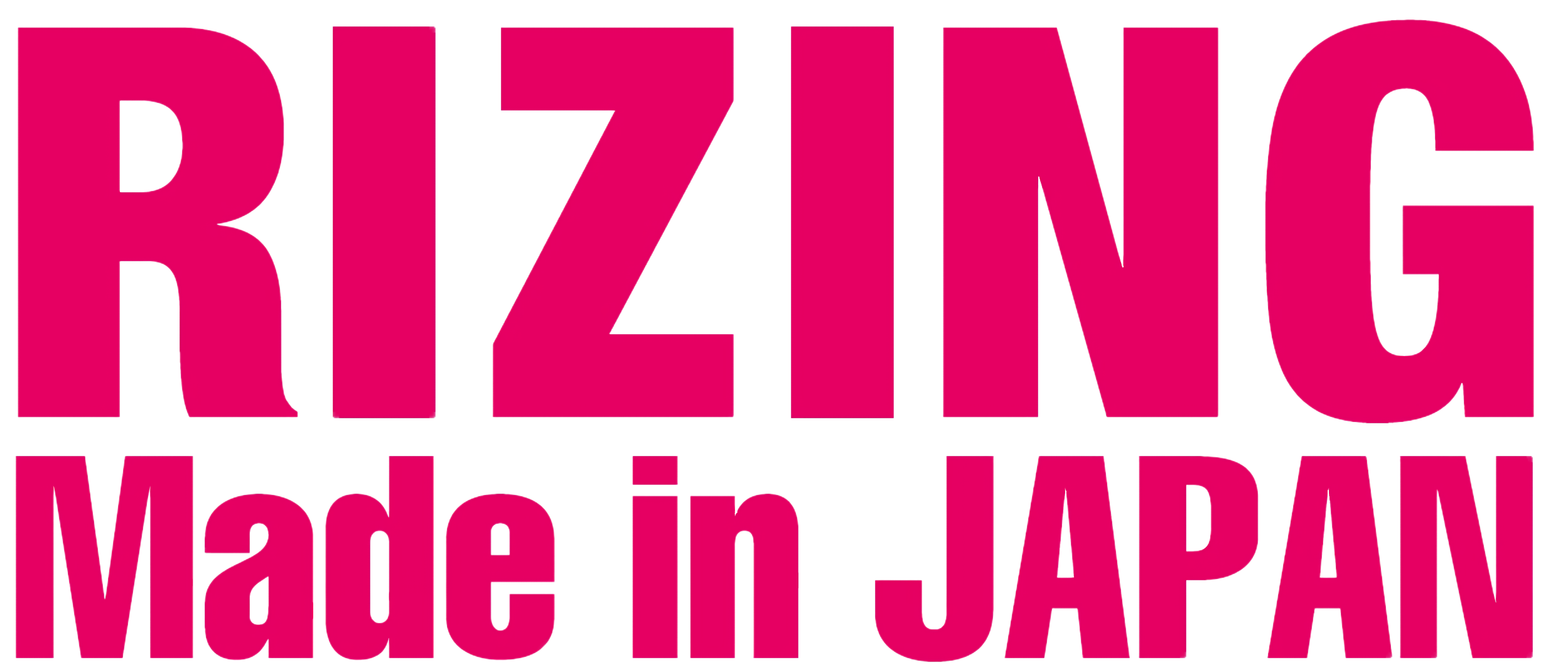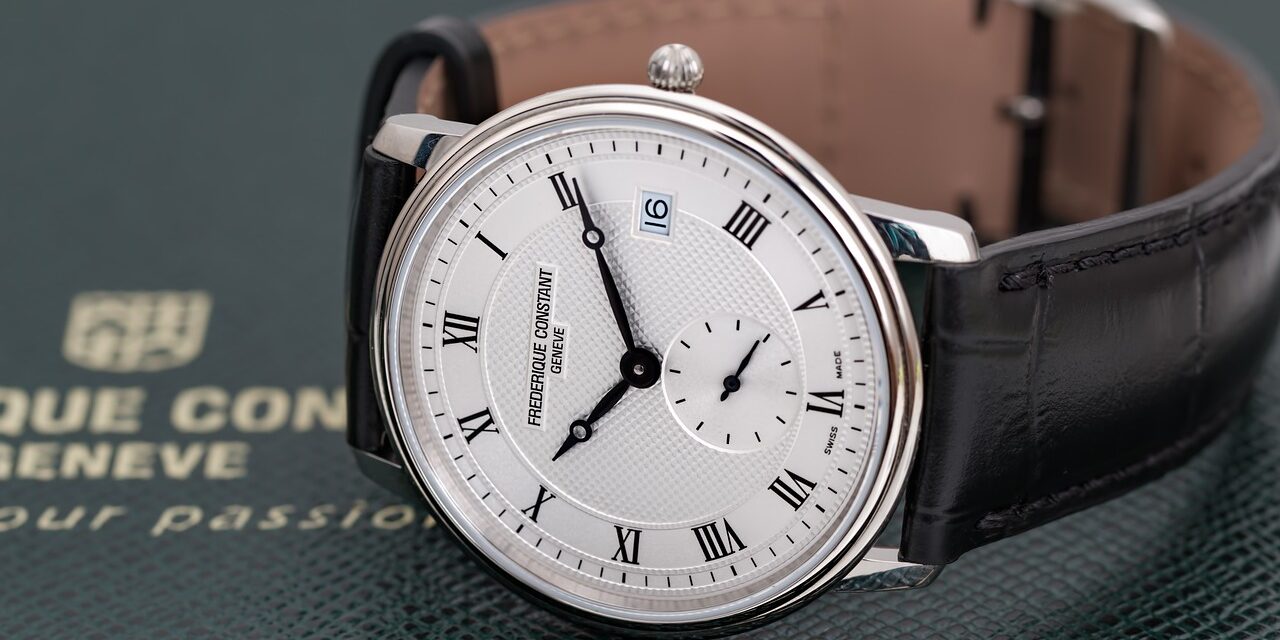The global watch industry has long been dominated by two primary players: Japan and Switzerland. Both nations have established themselves as benchmarks of horological excellence, yet their approaches to design, manufacturing, and branding are distinctly different. This essay endeavors to elucidate the historical and contemporary dynamics between the Japanese and Swiss watch industries, relying on factual data and statistics to delineate their respective strengths and weaknesses.
Historical Context
The Swiss watch industry traces its origins back to the 16th century, with Geneva’s reputation as a watchmaking center solidifying through the subsequent centuries. By the late 19th century, Switzerland had become synonymous with luxury watches, producing several iconic brands such as Patek Philippe, Audemars Piguet, and Omega. The introduction of the automatic watch by Alfred Lewis Patek in 1851 and the creation of the first wristwatch by Patek Philippe in 1868 fortified Switzerland’s dominance.
Conversely, Japan’s foray into watchmaking began in the early 20th century. The founding of the Seiko Corporation in 1881 marked a significant milestone. However, it was the 1970s quartz crisis that would define both Japanese and Swiss watchmaking trajectories. Japanese companies, particularly Seiko and Citizen, spearheaded the development of quartz technology, leading to a seismic shift in the industry. The quartz movement’s affordability and precision threatened the traditional mechanical watch, disproportionately affecting Swiss manufacturers who had relied heavily on their heritage craftsmanship.
Market Data and Economic Impact
As of 2021, the global watch market was valued at approximately $62.5 billion, projected to increase to $80 billion by 2026, with an annual growth rate of around 5.5%. The Swiss watch industry, bolstered by its luxury segment, contributed roughly 55% of this value, with watches priced over CHF 3,000 accounting for approximately 40% of exports, according to the Federation of the Swiss Watch Industry. In contrast, the Japanese market, while also powerful, generates an estimated $4 billion annually, with Seiko and Citizen leading the charge.
In terms of export data, Switzerland exported 28.5 million watches in 2020, with a total value of CHF 19.2 billion. The average price per Swiss watch stood at CHF 674. In contrast, Japan exported approximately 9 million watches, valued at around $1.2 billion, which translates to an average price of $133 per piece. This stark difference highlights the two countries’ target markets; Japan thrives on mass production and affordability, while Switzerland caters to the luxury and high-end consumer sectors.
Quality and Innovation
Swiss watches are often lauded for their craftsmanship, precision, and heritage. The prestigious Swiss classification, “Poinçon de Genève,” certifies genuine Swiss craftsmanship, ensuring that the timepieces meet stringent standards in terms of quality, finishing, and mechanical excellence. Brands like Rolex, often synonymous with status, highlight Switzerland’s achievement in luxury watch manufacturing.
Conversely, the Japanese watch industry’s innovation is rooted in technology and value. With the Quartz Crisis prompting a relentless pursuit of precision, Japanese manufacturers incorporated advanced technologies, such as Seiko’s Spring Drive and Citizen’s Eco-Drive, which utilize photovoltaic cells. This focus on technology allows Japan to produce high-quality timepieces at competitive prices, appealing to a broader demographic.
Branding and Global Positioning
The brand positioning of Swiss watches often leans toward luxury and heritage, with advertising strategies emphasizing prestige, artisanal craftsmanship, and legacy. Events such as Baselworld and SIHH bolster the Swiss watch industry’s global standing, reinforcing its reputation as the home of luxury.
In contrast, Japanese brands often prioritize functionality and innovation over heritage. Seiko’s and Citizen’s marketing strategies have successfully highlighted their technological advancements and reliable designs, enabling them to penetrate emerging markets effectively. This adaptability is evident in Japan’s responsiveness to trends such as smartwatches, with brands quickly developing hybrid models that bridge traditional craftsmanship with modern technology.
Conclusion
The Japanese and Swiss watch industries are singular reflections of their cultural identities and market philosophies. The Swiss industry remains the epitome of luxury and precision, appealing to affluent clientele who value heritage. Conversely, the Japanese market, thriving on innovation and technological advancements, offers high-quality timepieces at accessible prices. As consumer preferences continue to evolve, particularly towards sustainability and smart technology, both industries are likely to adapt, ensuring their relevance in an increasingly competitive global market. The long-standing rivalry is not merely a contest of craftsmanship but a testament to different philosophies in horological excellence.

